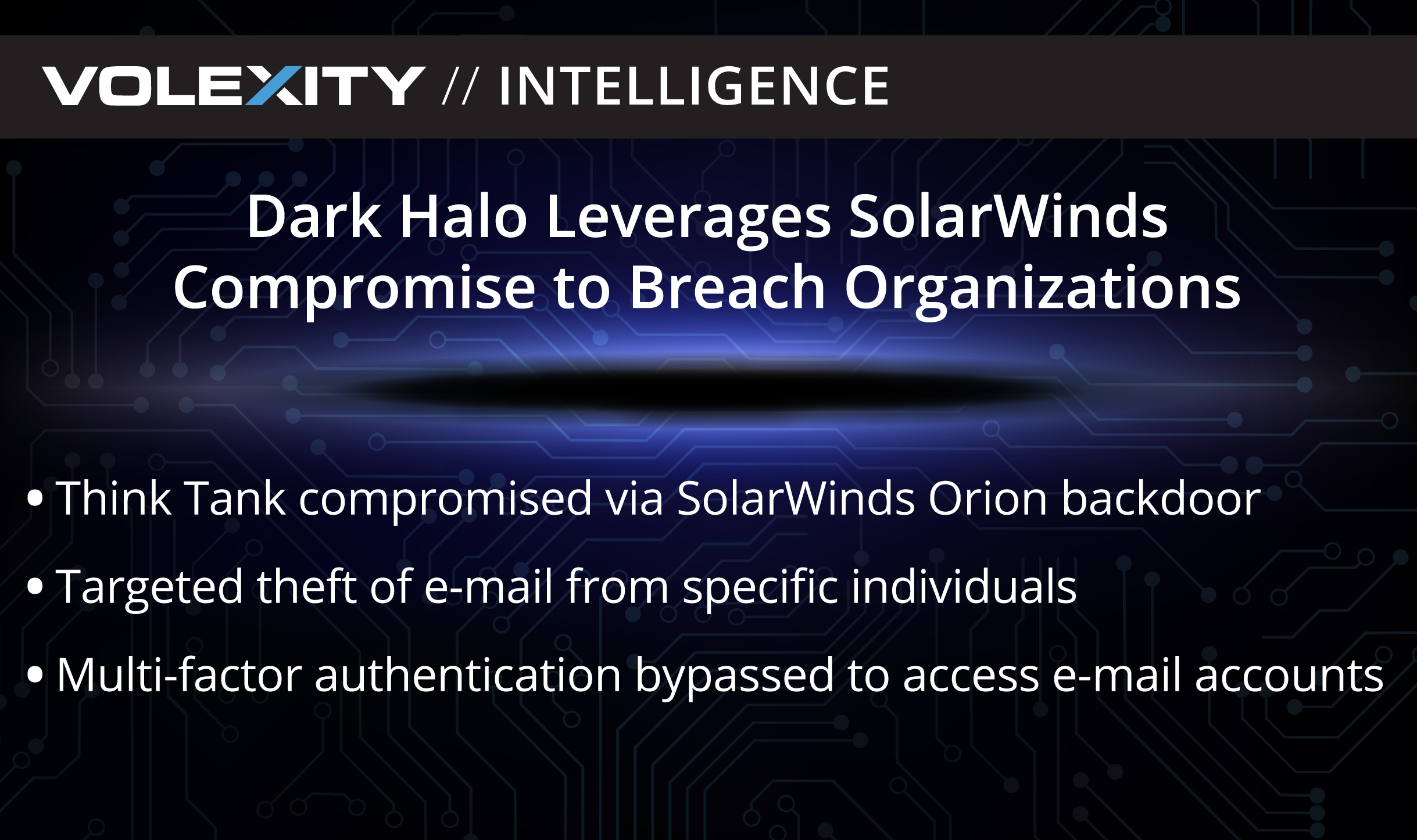Outbound Scheduled Task Activity via PowerShell
Identifies the PowerShell process loading the Task Scheduler COM DLL followed by an outbound RPC network connection within a short time period. This may indicate lateral movement or remote discovery via scheduled tasks.
Elastic rule (View on GitHub)
1[metadata]
2creation_date = "2020/12/15"
3integration = ["endpoint", "windows"]
4maturity = "production"
5updated_date = "2024/10/15"
6min_stack_version = "8.14.0"
7min_stack_comments = "Breaking change at 8.14.0 for the Windows Integration."
8
9[rule]
10author = ["Elastic"]
11description = """
12Identifies the PowerShell process loading the Task Scheduler COM DLL followed by an outbound RPC network connection
13within a short time period. This may indicate lateral movement or remote discovery via scheduled tasks.
14"""
15false_positives = ["Legitimate scheduled tasks may be created during installation of new software."]
16from = "now-9m"
17index = [
18 "winlogbeat-*",
19 "logs-endpoint.events.library-*",
20 "logs-endpoint.events.network-*",
21 "logs-windows.sysmon_operational-*",
22]
23language = "eql"
24license = "Elastic License v2"
25name = "Outbound Scheduled Task Activity via PowerShell"
26references = [
27 "https://www.volexity.com/blog/2020/12/14/dark-halo-leverages-solarwinds-compromise-to-breach-organizations/",
28 "https://www.elastic.co/security-labs/hunting-for-lateral-movement-using-event-query-language",
29]
30risk_score = 47
31rule_id = "5cd55388-a19c-47c7-8ec4-f41656c2fded"
32severity = "medium"
33tags = [
34 "Domain: Endpoint",
35 "OS: Windows",
36 "Use Case: Threat Detection",
37 "Tactic: Execution",
38 "Data Source: Elastic Defend",
39 "Data Source: Sysmon",
40]
41type = "eql"
42
43query = '''
44sequence by host.id, process.entity_id with maxspan = 5s
45 [any where host.os.type == "windows" and (event.category == "library" or (event.category == "process" and event.action : "Image loaded*")) and
46 (?dll.name : "taskschd.dll" or file.name : "taskschd.dll") and process.name : ("powershell.exe", "pwsh.exe", "powershell_ise.exe")]
47 [network where host.os.type == "windows" and process.name : ("powershell.exe", "pwsh.exe", "powershell_ise.exe") and destination.port == 135 and not destination.address in ("127.0.0.1", "::1")]
48'''
49
50
51[[rule.threat]]
52framework = "MITRE ATT&CK"
53[[rule.threat.technique]]
54id = "T1053"
55name = "Scheduled Task/Job"
56reference = "https://attack.mitre.org/techniques/T1053/"
57[[rule.threat.technique.subtechnique]]
58id = "T1053.005"
59name = "Scheduled Task"
60reference = "https://attack.mitre.org/techniques/T1053/005/"
61
62
63[[rule.threat.technique]]
64id = "T1059"
65name = "Command and Scripting Interpreter"
66reference = "https://attack.mitre.org/techniques/T1059/"
67[[rule.threat.technique.subtechnique]]
68id = "T1059.001"
69name = "PowerShell"
70reference = "https://attack.mitre.org/techniques/T1059/001/"
71
72
73
74[rule.threat.tactic]
75id = "TA0002"
76name = "Execution"
77reference = "https://attack.mitre.org/tactics/TA0002/"
References
Related rules
- Clearing Windows Console History
- Command Execution via SolarWinds Process
- Command Prompt Network Connection
- Command Shell Activity Started via RunDLL32
- Conhost Spawned By Suspicious Parent Process

